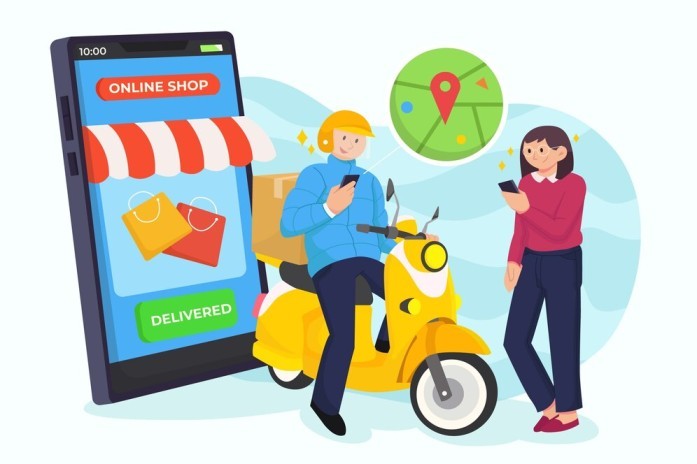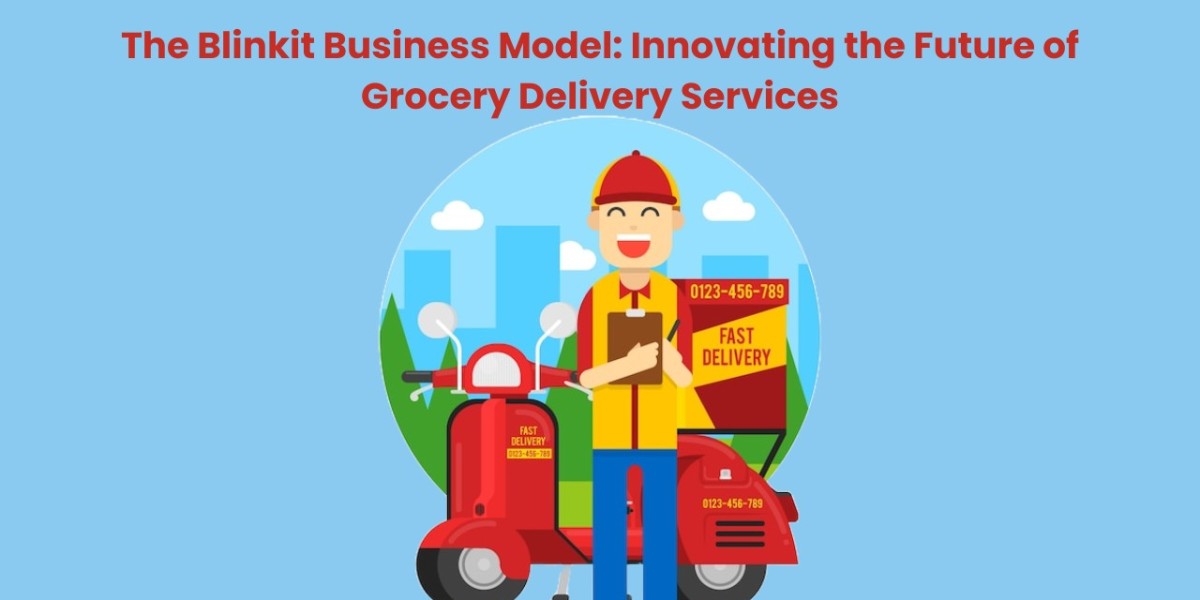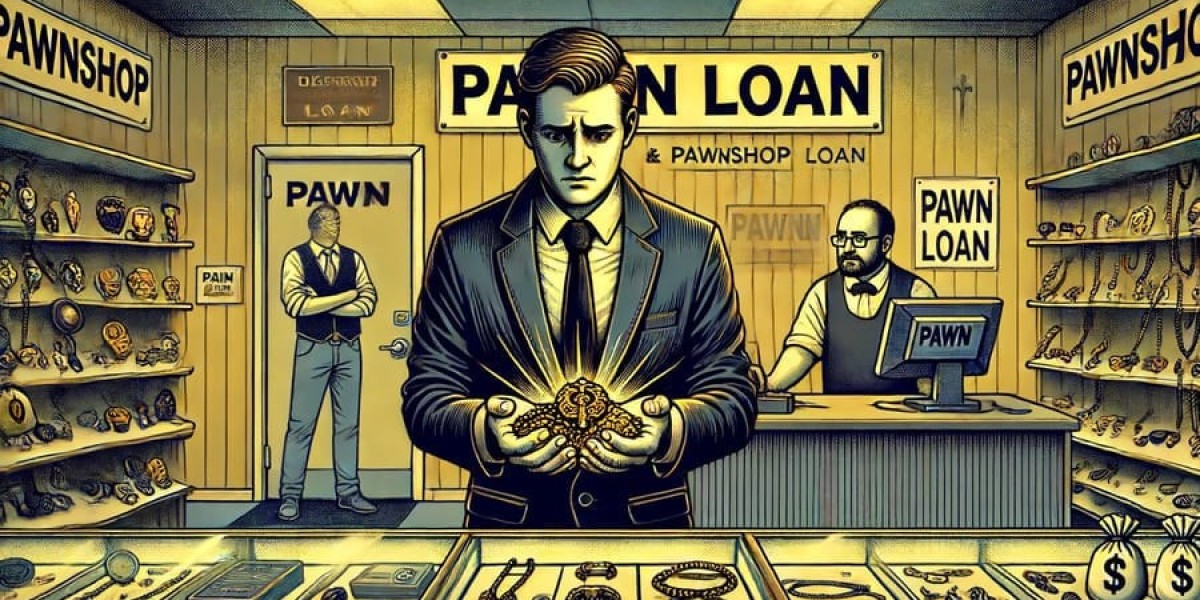The grocery delivery industry has changed dramatically in recent years, with companies striving to offer faster and more efficient services. Blinkit, formerly known as Grofers, is one of the leading players in this space, revolutionizing how customers shop for groceries. With its promise of instant deliveries within minutes, Blinkit has redefined convenience for urban consumers.
In this blog, we will explore the Blinkit business model, how it operates, its revenue sources, key innovations, and why it is shaping the future of grocery delivery services.
Understanding Blinkit’s Business Model
What is Blinkit?
Blinkit is an on-demand grocery delivery platform that enables customers to order groceries, household essentials, and fresh produce through its mobile app. The company operates on a dark store model, ensuring ultra-fast deliveries within 10 to 15 minutes. This model has positioned Blinkit as a game-changer in the online grocery industry.
How Does Blinkit Work?
Blinkit follows a hyperlocal delivery approach, meaning it operates within small delivery zones to ensure speed and efficiency. The process is straightforward:
- User Places an Order – Customers browse products on the Blinkit app and add items to their cart.
- Order Processing – The order is sent to the nearest Blinkit dark store.
- Packing and Dispatch – Store staff quickly packs the order, and a delivery executive is assigned.
- Delivery – The delivery rider picks up the order and delivers it within minutes.
This model reduces delivery time by eliminating the need for warehouse-to-store transportation. Instead, Blinkit operates dark stores, which are small fulfillment centers stocked with frequently ordered products.
Key Innovations in Blinkit’s Business Model
The Dark Store Concept
Unlike traditional grocery stores, dark stores are not open to walk-in customers. Instead, they serve as fulfillment centers for online orders. Blinkit strategically places these stores in high-demand areas, ensuring that orders are processed and delivered quickly.
Hyperlocal Delivery Network
Blinkit’s delivery radius is limited to a few kilometers, allowing it to promise ultra-fast delivery times. This hyperlocal model ensures that delivery partners can reach customers within a short time, making instant grocery shopping a reality.
AI-Powered Inventory Management
Blinkit leverages artificial intelligence and data analytics to predict demand patterns. By analyzing customer preferences, traffic conditions, and purchase behavior, the platform optimizes its inventory, ensuring that the most popular products are always available.
Seamless User Experience
The Blinkit app is designed for ease of use, offering features such as:
- Smart recommendations based on previous purchases
- Multiple payment options, including UPI, wallets, and cards
- Real-time tracking of orders
- Scheduled delivery options for customer convenience
Quick Commerce Strategy
Blinkit has adopted a quick commerce model, which focuses on delivering everyday essentials in record time. Unlike traditional e-commerce platforms that take hours or days for delivery, quick commerce ensures that groceries arrive almost immediately, meeting the urgent needs of consumers.
Revenue Streams of Blinkit
Commission from Sellers
Blinkit partners with local grocery stores, brands, and suppliers, charging them a commission for selling products through its platform. This commission varies based on the category and popularity of the product.
Delivery Fees
Customers pay a nominal delivery charge for each order, especially during peak hours or for small cart values. Blinkit also offers free delivery on orders that exceed a certain amount.
Surge Pricing
During high-demand periods, Blinkit implements surge pricing, where delivery charges may increase slightly. This helps manage demand and ensures that customers who need instant delivery can still receive their orders.
Advertising and Brand Promotions
Brands can pay Blinkit for better visibility on the platform. Sponsored listings and in-app advertisements help companies promote their products, creating an additional revenue stream for Blinkit.
Subscription Model
Blinkit offers membership plans that provide benefits such as free deliveries, exclusive discounts, and early access to new products. These subscription models help generate recurring revenue while improving customer loyalty.
Why Blinkit is Leading the Future of Grocery Delivery
Changing Consumer Behavior
Consumers today prefer speed and convenience. With busy lifestyles, they no longer want to wait hours or days for essential products. Blinkit fulfills this demand by delivering groceries in minutes, setting a new benchmark in the industry.
Competitive Edge Over Traditional Grocery Shopping
Traditional grocery shopping requires customers to visit physical stores, stand in queues, and carry bags home. Blinkit eliminates these hassles by offering a seamless and time-saving solution.
Expansion into New Categories
Blinkit is not just limited to groceries; it has expanded into categories like pet supplies, electronics, personal care, and daily essentials. This diversification makes it a one-stop solution for various needs.
Partnerships with Local Retailers
Blinkit’s collaboration with local grocery stores and brands allows it to offer a wider product range. Unlike some competitors that rely solely on their own inventory, Blinkit benefits from its partnerships, ensuring steady stock availability.
Sustainable and Efficient Operations
By reducing long-distance transportation and operating dark stores within residential areas, Blinkit minimizes carbon emissions. The platform also promotes sustainable packaging, reducing plastic usage wherever possible.
Read More: Blinkit Business Model Explained: Revenue Streams and Strategic Insights
Challenges Faced by Blinkit
Logistics and Delivery Constraints
Managing ultra-fast deliveries in heavily populated areas can be challenging. Traffic congestion, unpredictable weather, and delivery personnel shortages can sometimes impact order fulfillment times.
High Operational Costs
Running multiple dark stores and ensuring real-time inventory updates require significant investment. Blinkit must balance costs while maintaining affordable pricing for customers.
Competition from Industry Giants
With companies like Swiggy Instamart, Zepto, and BigBasket competing in the same space, Blinkit must continuously innovate to maintain its market position.
Future of Blinkit and the Grocery Delivery Industry
Expansion Plans
Blinkit is actively expanding to more cities, ensuring that quick commerce reaches a larger audience. By optimizing its delivery zones, it aims to further improve efficiency.
Integration of AI and Machine Learning
The use of AI-driven inventory management and predictive analytics will enhance Blinkit’s operations. This will ensure better stock availability, personalized customer experiences, and improved delivery time accuracy.
Sustainable Growth Strategies
To maintain profitability, Blinkit is focusing on optimizing warehouse costs, enhancing delivery logistics, and offering subscription-based models that generate consistent revenue.

Conclusion
The Blinkit business model is transforming the grocery delivery landscape with its innovative quick commerce strategy. By leveraging dark stores, hyperlocal deliveries, and AI-powered inventory management, Blinkit has set new standards for convenience and efficiency.
As the demand for instant deliveries continues to rise, businesses looking to enter the on-demand industry can learn from Blinkit’s success. Entrepreneurs planning to launch their own delivery services can benefit from a gojek clone app, which provides a ready-made solution for developing an on-demand platform similar to Blinkit. With evolving consumer preferences and advancing technology, the future of grocery delivery is undoubtedly heading toward faster, smarter, and more efficient solutions.




